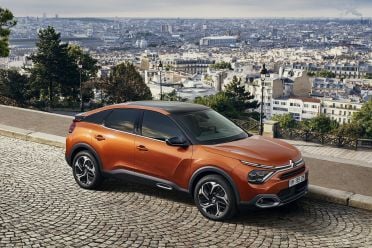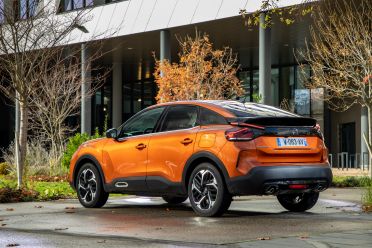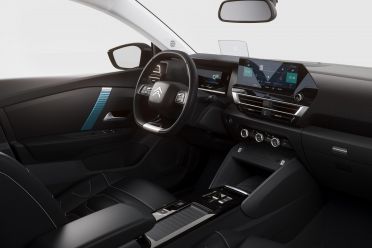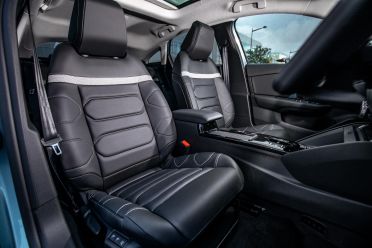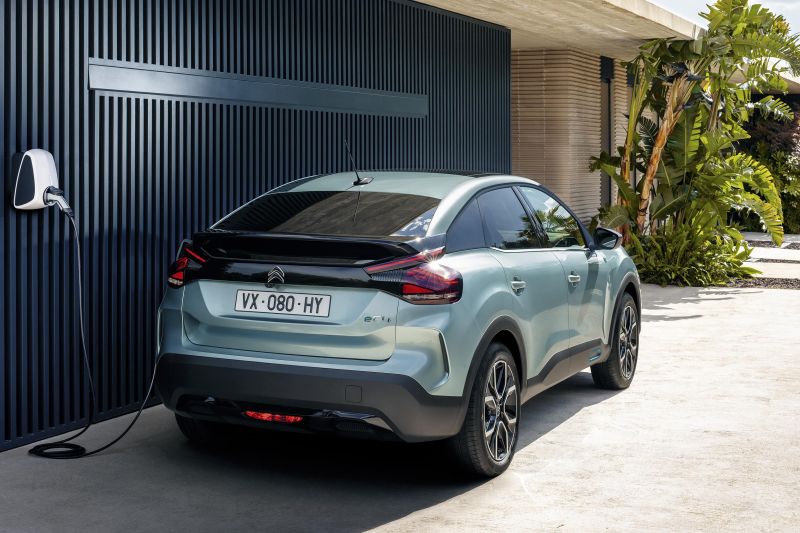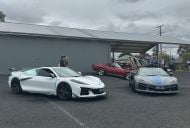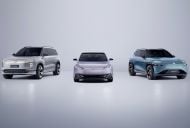Citroen is re-entering the Australian small car segment with its genre-busting C4.
Local importer Inchcape has confirmed the Citroen C4 will arrive locally in the second half of this year.
It hasn’t confirmed the local powertrain line-up, though the C4 is available with a choice of petrol, diesel and electric powertrains in Europe.
The petrol engine is a turbocharged 1.2-litre three-cylinder unit, as available in the Citroen C3 and C3 Aircross, which is available in four states of tune ranging from 75kW to 115kW of power.
All petrol engines are available with either a six-speed manual or eight-speed automatic transmission except for the most powerful tune, which is auto-only.
The e-C4 is the first all-electric C4 and uses a 50kWh lithium-ion battery and a front-mounted electric motor with 100kW of power and 260Nm of torque.
It has an electric range of 350km under the stricter WLTP cycle and does the 0-100km/h sprint in 9.7 seconds in Sport mode, up to a top speed of 150km/h.
Using a 100kW fast charger, the e-C4 can be charged from zero to 80 per cent in 30 minutes. With the optional 11kW home charger, it takes five hours on three-phase power.
There are still diesel options, too, consisting of a 1.5-litre turbo-diesel four-cylinder with either 110kW or 130kW of power.
Citroen has emphasised comfort with the C4, with its suspension using the brand’s new Progressive Hydraulic Cushions.
These employ two hydraulic stops – one for rebound and one for compression – for a “flying carpet” effect.
Inside, most of the range comes with Advanced Comfort seats with a 15mm thick layer of foam, while a head-up display and wireless phone charging are also available.
There’s a 10.0-inch touchscreen infotainment system with Android Auto and Apple CarPlay plus a digital instrument cluster, as well as handy features like a sliding drawer on the passenger side of the dashboard and an integrated tablet holder.
The C4 is available with a range of active safety and driver assist technologies, including blind-spot monitoring, a surround-view camera, and highway driver assist.
The latter works with the car’s lane-keeping assist and adaptive cruise control systems to control acceleration and deceleration and keep the car centred in its lane.
Though it’s 107mm longer and 19mm wider than a Peugeot 308, it doesn’t use that car’s EMP2 platform.
Instead, it’s based on the smaller Peugeot 208 and 2008’s EMP1 platform, much like how the Volkswagen Golf-sized Skoda Scala is based on the Polo‘s MQB A0 architecture.
Using a stretched version of the smaller platform allowed Citroen to develop the e-C4, with the EMP2 architecture currently supporting only plug-in hybrids and not all-electric vehicles.
It joins the tiny Ami quadricycle and electric versions of the Berlingo, Jumpy and Jumper vans, while Citroen also offers a plug-in hybrid version of the C5 Aircross.
The new C4, revealed last year, serves as a replacement for both the second-generation C4 that was discontinued in 2018 and the recently discontinued C4 Cactus.
Last year, Citroen sold just 203 vehicles in Australia, its volume halved following the discontinuation of the C4 Cactus and Berlingo.
That put the French brand below Chrysler (218) despite having three model lines instead of one, and also meant Citroen was outsold by Ferrari (205) and Genesis (229).





